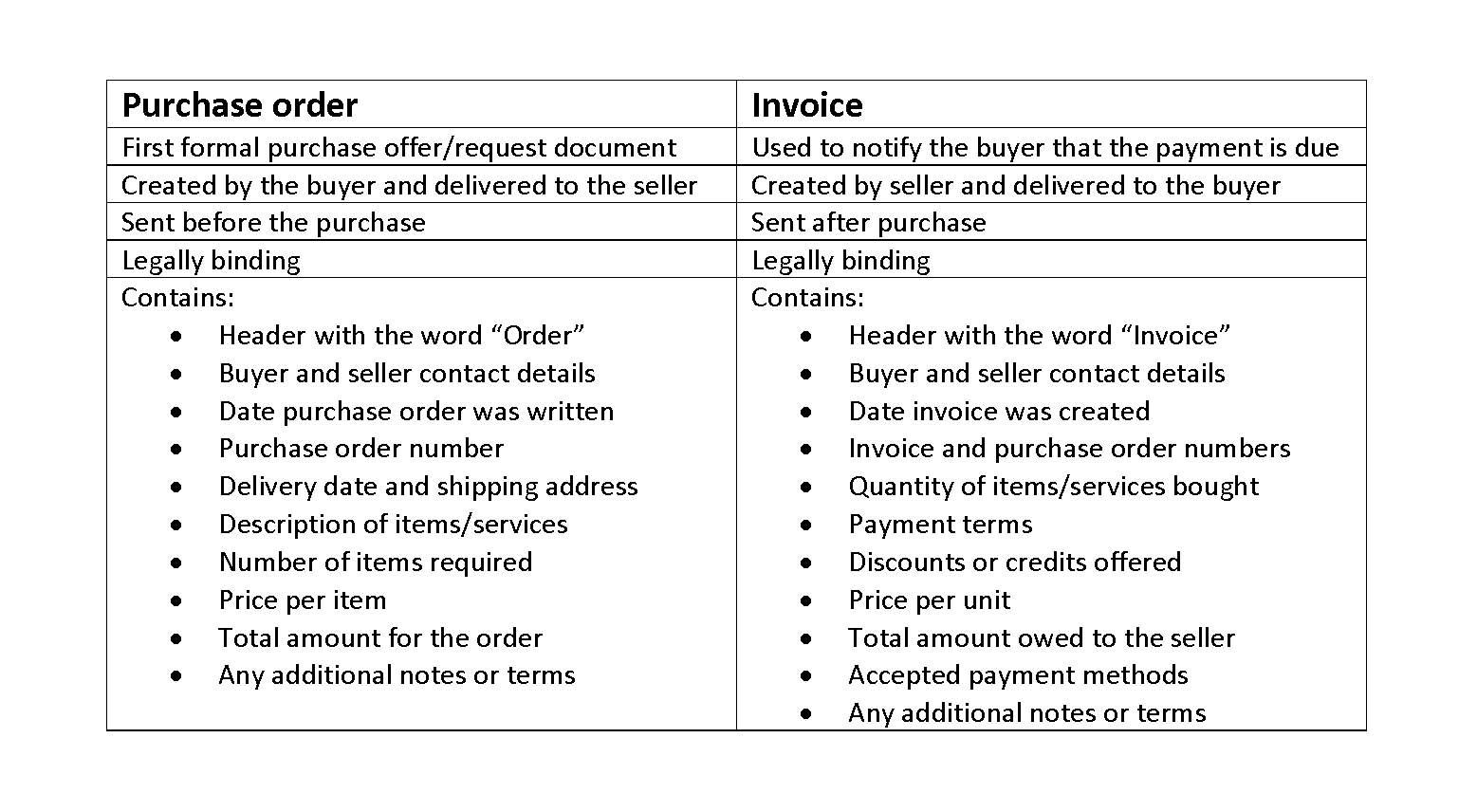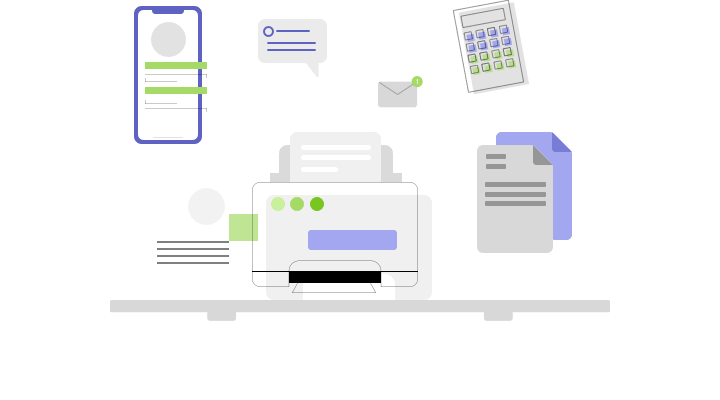
Therefore, it’s important to make it impossible for customers to forget to pay your business, and recurring billing helps you do just this. If one of their customers went to three sessions during March, they’d be charged $120 at the end of the billing cycle. It’s increasingly grown in popularity because of the perks it provides for both consumers and businesses.
Streamlined Cash Flow

When choosing recurring billing software, evaluate its ability to manage complex subscriptions, automate tasks, integrate with payment processors, scale with your business, and offer competitive pricing. Also, consider https://www.bookstime.com/ its ROI, reporting capabilities, ease of use, customer support, security, compliance, and adaptability to future needs. With recurring billing, customers enjoy the convenience of simple signing up and payment methods.
Payments docs
To make this process as seamless as possible, businesses should provide customers with an easy-to-use interface for updating their card and bank account details. This can include options to update payment details, view billing history, and manage subscriptions. The customer’s card or other form of remote payment is charged a mutually-agreed-upon amount on a schedule that could be yearly, monthly, weekly, or even daily, depending on the business model.
Products & pricing
If you decide that a subscription management platform is the best way for your business to handle recurring payments, you’ll need to add the service to your existing merchant account. Shopify, Square, Braintree, and Stripe all provide recurring recurring billing billing and tools for the subscription company within their payment processing platforms. Shopify and Square offer that “out-of-the-box” solution that comes equipped with site templates and lots of extra goodies included, too.

The amount in question may depend on how often the customer uses the service or product, like with a utility bill. It might also depend on how much of a product is used by the customer; for example, a cloud storage service that charges customers according to the volume of data stored. Recurring billing involves automatically charging customers at regular intervals for products or services, while invoicing requires manually sending bills to customers, who then make individual payments. In a recurring billing system, the process of charging customers recurrently is entirely automated. Once the invoice is created, the payment cycle is set, and the customer’s payment information is linked, the customer will be billed and charged for the service without any further manual intervention.
Why become subscription-first?

- Though recurring billing is appealing to everyone, it isn’t without its drawbacks.
- The costs of the upsell are easy to explain to the customers, and they often seem small when displayed next to the benefits of upgrading.
- With Stripe automatic billing, once a customer provides their payment details and consents to recurring charges, Stripe manages the rest.
- According to Gartner, all new software entrants and 80% of historical vendors now offer subscription-based business models.
- In effect, businesses are facilitating an environment where doing business with them becomes not just easy but also convenient.
What types of businesses use recurring payments?
- Just think about those predictable, repetitive payments made monthly or yearly, for nearly anything imaginable, set up by a user from their desk or laptop, credit card in hand, and then mostly ignored.
- To ensure accuracy and continuity, businesses must regularly reconcile payments and update customer account information.
- However, this strategy isn’t just beneficial from a revenue standpoint; it’s also perceived as more affordable by customers catering to their differing spending capabilities.
- Managing complex recurring billing scenarios at scale can quickly become a workflow and reporting challenge.
- This guide takes a deep dive into recurring billing, including the definition of recurring billing, the difference between recurring billing and subscriptions, and how to implement recurring billing for your business.



